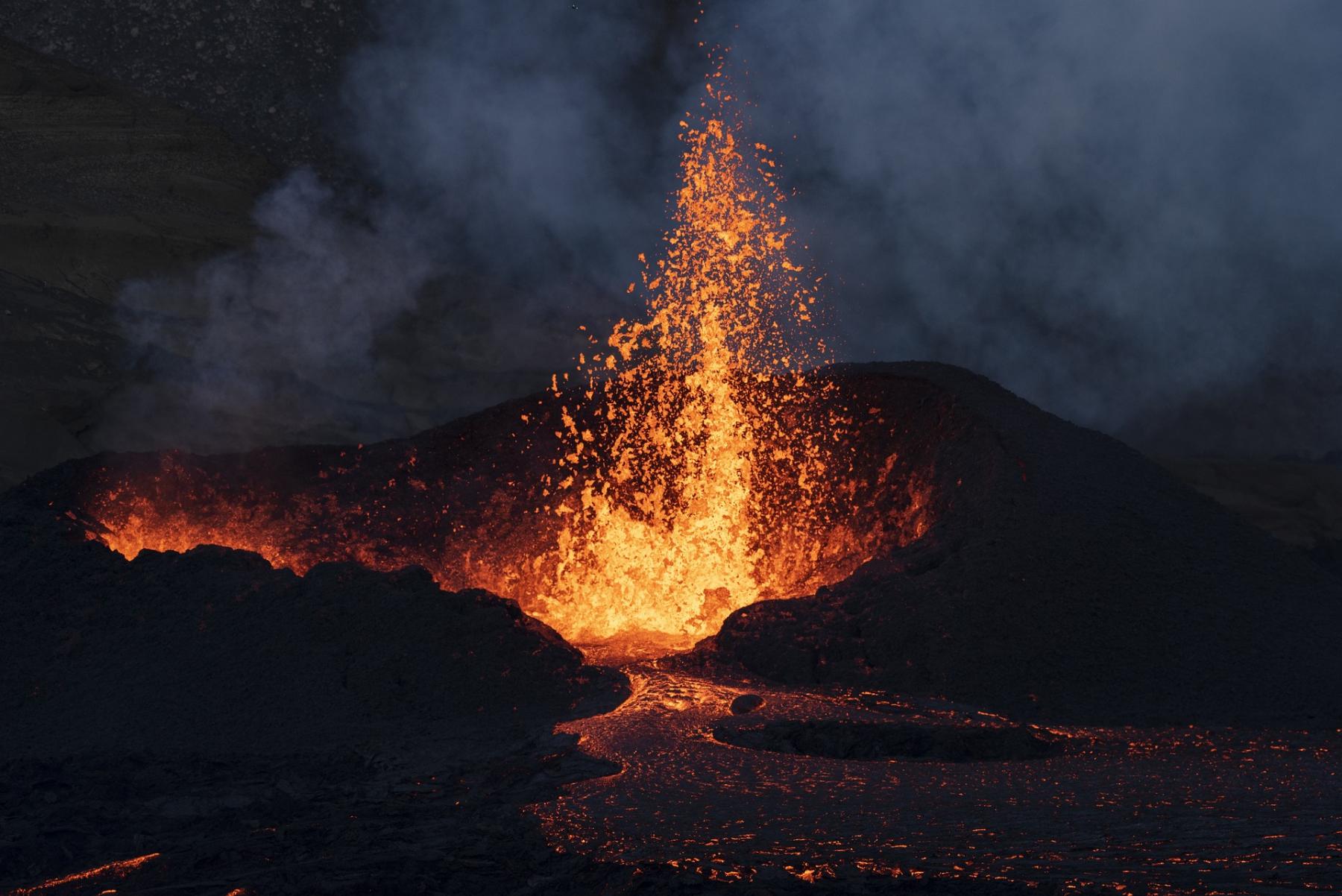
Volcanoes: Studying Viscosity of Lava & Magma and how it relates to The San Francisco Volcanic Field
by Carrie Jenkins
This lesson allows students to explore why volcanoes are shaped differently and why they erupt differently. Students will investigate viscosity, silica content of igneous rock samples, and perform volcanic eruptions to understand the formation of the San Francisco Volcanic Field in Northern Arizona.
Lesson Plan Link/URL
https://docs.google.com/presentation/d/1k4VpHZcxw2O4eb0hOjTePhqKZtza8hnY/edit?u…Subject Area
Science Earth and Space Science E1: Earth Systems Mathematics Measurement and Data (MD) The Number System (NS) English Language Arts (ELA) Reading (Informational Text)
Featured
Off
Related Content

Grades:
7th Grade, 8th Grade, 9th Grade, 10th Grade, 11th Grade, 12th Grade
Students will apply principles of design, engineering, and mathematics to create a physical or digital labyrinth inspired by the myth of Theseus. This project integrates STEM concepts with literature

Grades:
6th Grade
This lesson is a four-day unit lesson that highlights the understanding of the climate, geography, trends in the change of temperature, and the related changes in precipitation in the state. This

Grades:
10th Grade
In this creative lesson, students will engage in argument from evidence to determine the feasibility of the use of an energy resource. Students will research an energy resource and answer a set of